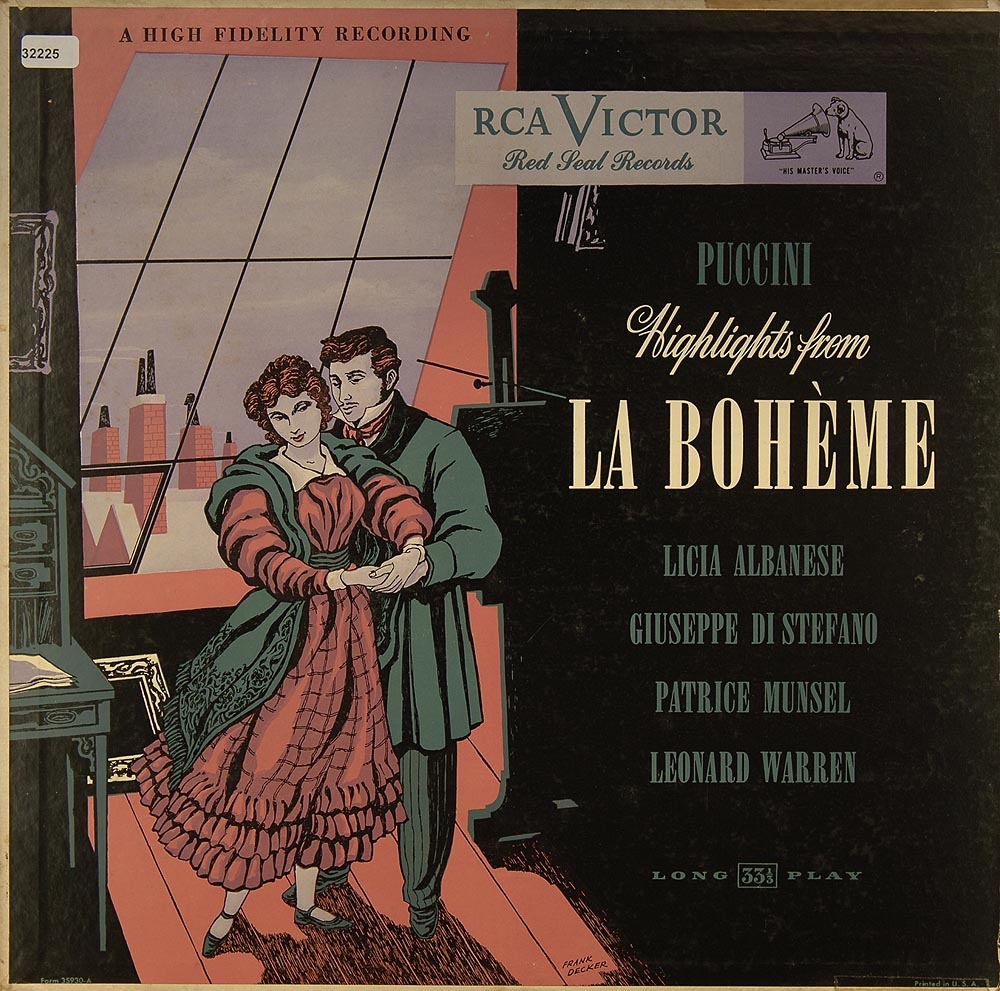

We follow the lives of these young people as they struggle to make ends meet, flirt, fall in love, and break up – until the end, when the friends gather round to take care of the dying Mimi. But their tender romance is doomed, for Mimi is ill with consumption, and Rodolfo is too poor to help her. Meanwhile, Rodolfo meets the frail seamstress Mimi, and they fall passionately in love. Schaunard has some money from a gig and brings food, wine, and enough cash for a celebration at the lively Café Momus, where they inevitably run into Marcello’s on-again, off-again, girlfriend, the coquettish Musetta. Colline, a philosopher, and Schaunard, a musician, turn up. Marcello, a painter, and Rodolfo, a poet, burn one of Rodolfo’s plays to keep warm. The opera opens on a freezing Christmas Eve in Paris.


It’s a sparkling portrayal of the Bohemian life – la vie de bohème – that free-spirited, romantic counterculture of starving artists in freezing garrets, meeting life with plucky camaraderie, youthful derring-do, plenty of love-making and heartbreak – and occasionally some work on their art. Unlike many of Puccini’s operas, La bohème is named not for a girl, but for an almost mythical place – a time of life, a state of the heart.


 0 kommentar(er)
0 kommentar(er)
